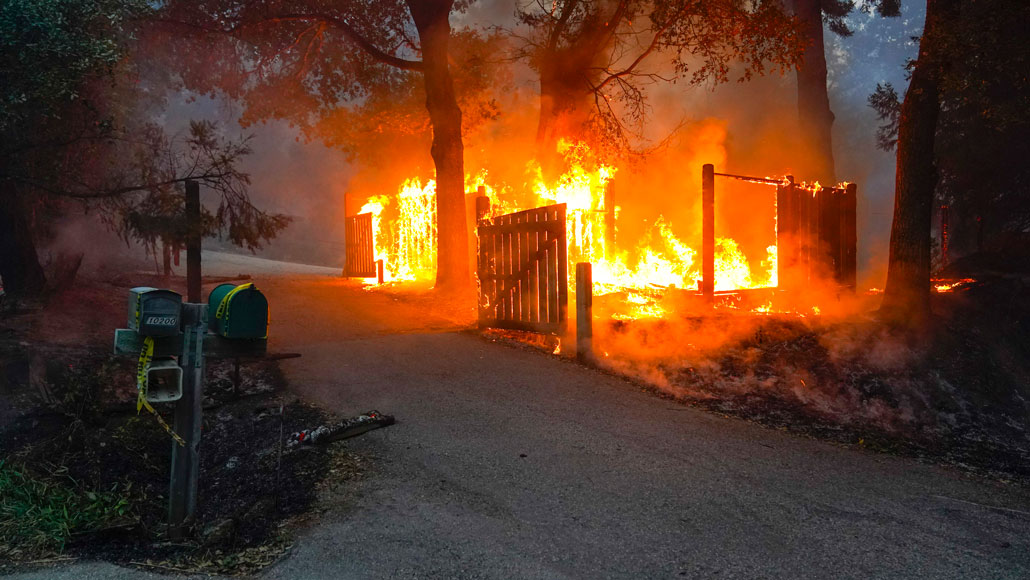HOME
Plastic drinking water pipes exposed to high heat can leak hazardous chemicals

In August, a massive wildfire tore through the San Lorenzo Valley north of Santa Cruz, Calif., destroying almost 1,500 structures and exposing many others to extreme heat. Before the fire was even out, lab tests revealed benzene levels as high as 9.1 parts per billion in residential water samples — nine times higher than the state’s maximum safety level.
This isn’t the first time the carcinogen has followed wildfires: California water managers found unsafe levels of benzene and other volatile organic compounds, or VOCs, in Santa Rosa after the Tubbs Fire in 2017, and in Paradise after the Camp Fire in 2018.
Scientists suspected that, among other possibilities, plastic drinking water pipes exposed to extreme heat released the chemicals. Now, lab experiments show that’s possible.
Andrew Whelton, an environmental engineer at Purdue University in West Lafayette, Ind., and colleagues subjected commonly available pipes to temperatures from 200° Celsius to 400° C. Those temperatures, hot enough to damage but not destroy pipes, can occur as heat radiates from nearby flames, Whelton says.
News Source